5 Most Used Carriers in Pharma:
Essential Guide

Priya Bhat | Posted on September 27, 2023
Introduction
Why are carriers a hot topic in the pharmaceutical industry? Because they play a pivotal but often overlooked role in drug delivery! Imagine a world-class sprinter without the right shoes or a brilliant singer without a good microphone. That’s what effective drugs would be without the right carriers—potential but with limitations. In this article, we’ll delve into the 5 most widely used carriers in the pharmaceutical realm. And don’t worry, we won’t get too technical.
The Importance of Carriers in Drug Delivery
What Are Carriers?
Carriers in pharmaceuticals serve as delivery vehicles for active pharmaceutical ingredients (APIs). They help APIs navigate the complex biological landscape, ensuring they reach the targeted areas within the body. Without the right carriers, even the most potent drugs may not achieve their full potential.
Liposomes
What are Liposomes?
Liposomes are spherical vesicles composed of a lipid bilayer. They have been in use since the 1960s and have been especially beneficial for delivering water-insoluble drugs.
Applications of Liposomes
Liposomes are widely employed in chemotherapy, pain management, and even vaccine development. Recent innovations have enabled the use of liposomes in gene therapy and diagnostics.
Mechanism of Action
Liposomes can encapsulate both hydrophilic and hydrophobic agents, delivering them directly to target cells and minimizing systemic toxicity.
Pros and Cons
- Pros: Biocompatible, versatile, reduced toxicity.
- Cons: Limited shelf life, costly manufacturing.
Polymers
What are Polymers?
Polymers are large molecules made up of repeating subunits. They have been a cornerstone in the development of extended-release and controlled-release formulations.
Applications of Polymers
Polymers are highly customizable and are used in various dosage forms including tablets, films, and even injectable systems.
Mechanism of Action
Polymers can create matrices in which drugs are dispersed. The matrices then dissolve or erode at a calculated rate, ensuring timed release of the drug.
Pros and Cons
- Pros: Controlled release, high loading capacity.
- Cons: Complex formulations, potential for initial burst release of the drug.
Micelles
What are Micelles?
Micelles are self-assembling colloidal particles with a hydrophilic outer shell and a hydrophobic inner core. They are excellent for carrying poorly soluble drugs.
Applications of Micelles
Micelles find use in various routes of administration including oral, intravenous, and even transdermal methods. They are particularly useful for targeted cancer therapy.
Mechanism of Action
Micelles encapsulate hydrophobic drug molecules in their core, enabling better solubility and bioavailability.
Pros and Cons
- Pros: Improved solubility, bioavailability, and target specificity.
- Cons: Limited drug-loading capacity, stability issues.
Cyclodextrins
What are Cyclodextrins?
Cyclodextrins are cyclic oligosaccharides with a hydrophilic outer surface and a hydrophobic central cavity. They can form inclusion complexes with a variety of drugs.
Applications of Cyclodextrins
Common applications include improving the solubility of water-insoluble drugs, enhancing flavor in oral medications, and stabilizing sensitive compounds.
Mechanism of Action
Cyclodextrins work by entrapping guest molecules into their central cavity, shielding them from the external environment.
Pros and Cons
- Pros: Improved drug solubility, stability, and taste masking.
- Cons: Potential for cytotoxicity, cost.
Nanoparticles
What are Nanoparticles?
Nanoparticles are ultrafine particles with dimensions ranging from 1 to 100 nanometers. They are heralded for their capacity for targeted drug delivery.
Applications of Nanoparticles
These particles are used in a variety of fields, from cancer treatment to gene therapy and even in vaccine formulations.
Mechanism of Action
Nanoparticles can be designed to release their drug load only when they reach a specific target, thereby minimizing side effects.
Pros and Cons
- Pros: High specificity, lower side effects, versatility.
- Cons: Expensive to produce, potential safety concerns.
For those interested in further understanding how nanoparticles are revolutionizing drug delivery systems, you may wish to read “REVOLUTIONIZING DRUG DELIVERY: THE ROLE OF API NANOPARTICLES”.
Conclusion
Choosing the right carrier for drug delivery is akin to choosing the right vehicle for a journey. The landscape of pharmaceutical carriers is both wide and deep, offering solutions tailored for specific drugs and therapies. Understanding the pros and cons of each carrier can dramatically impact the effectiveness of a drug, and thereby the health outcomes for patients.
FAQ
Why are carriers important in pharmaceuticals?
Carriers act as delivery vehicles for APIs, aiding in effective drug targeting and stability, thereby enhancing therapeutic outcomes.
What are some common uses of liposomes?
Liposomes are widely used in cancer therapies and vaccine formulations due to their biocompatibility and versatility.
How do polymers contribute to drug delivery?
Polymers offer flexibility in design and are commonly used in oral medications, controlled-release tablets, and implants.
Are nanoparticles safe to use in pharmaceuticals?
While nanoparticles offer targeted delivery and reduced side effects, their safety is dependent on various factors such as material, size, and administration route. Always refer to regulatory guidelines for specific safety measures.
What are the downsides of using micelles?
Micelles have a limited drug-loading capacity and may have stability issues, which could impact the efficiency of drug delivery.

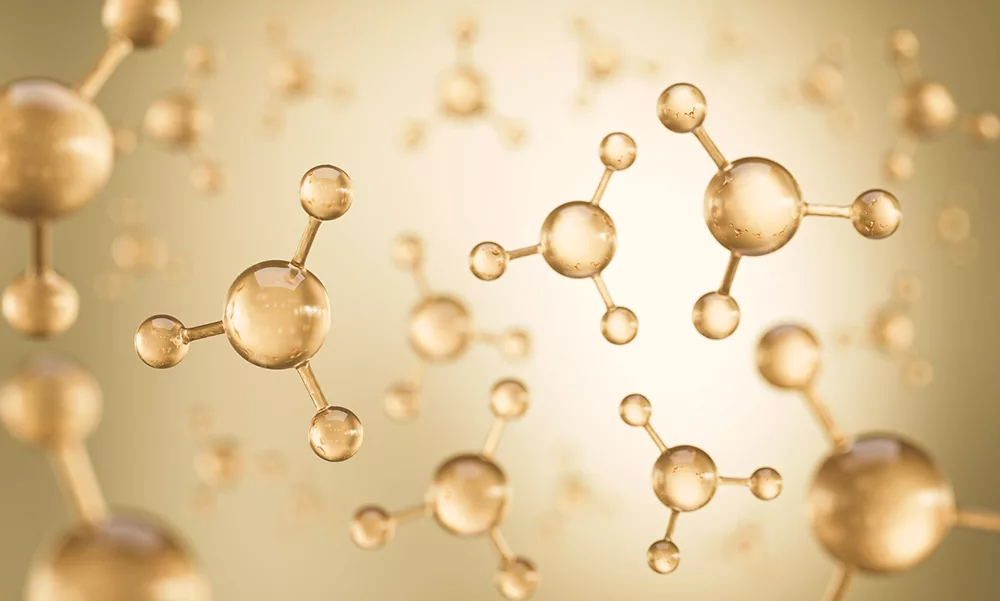
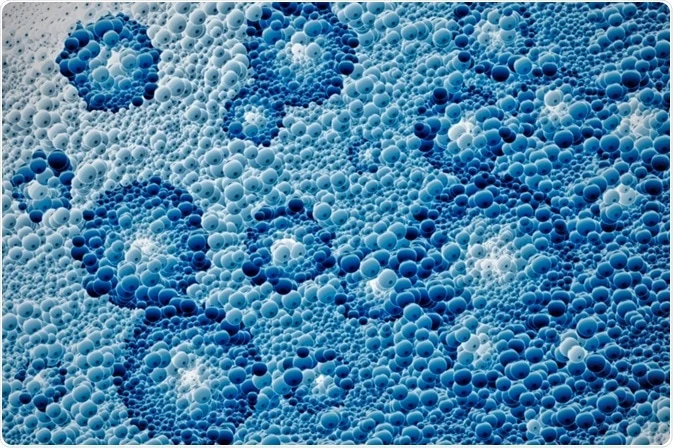
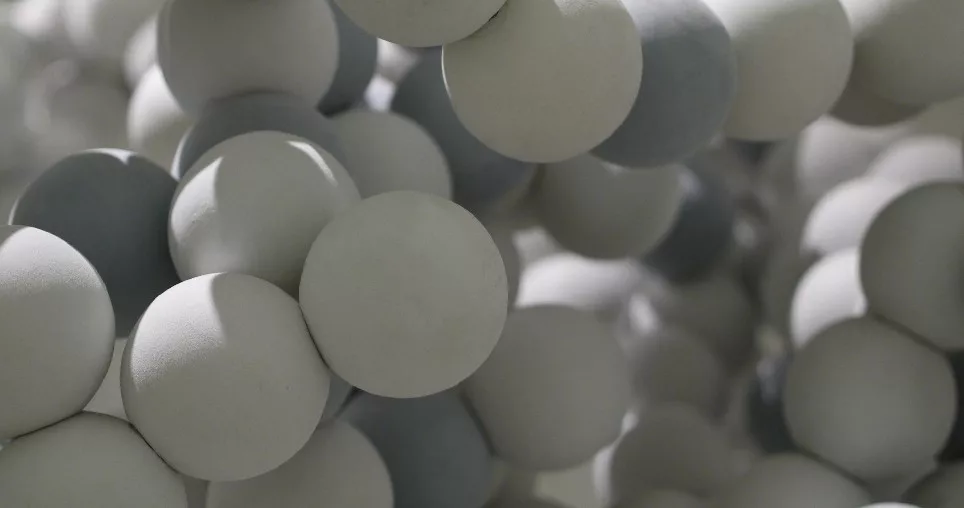
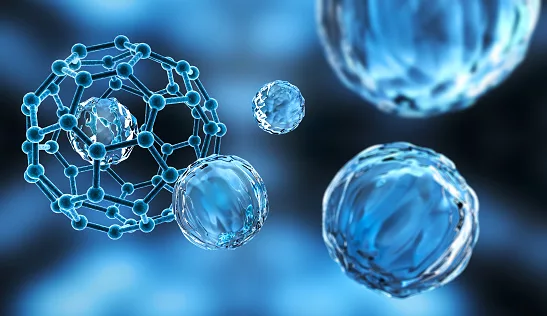
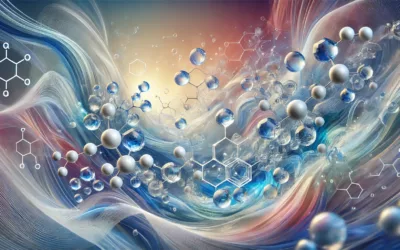



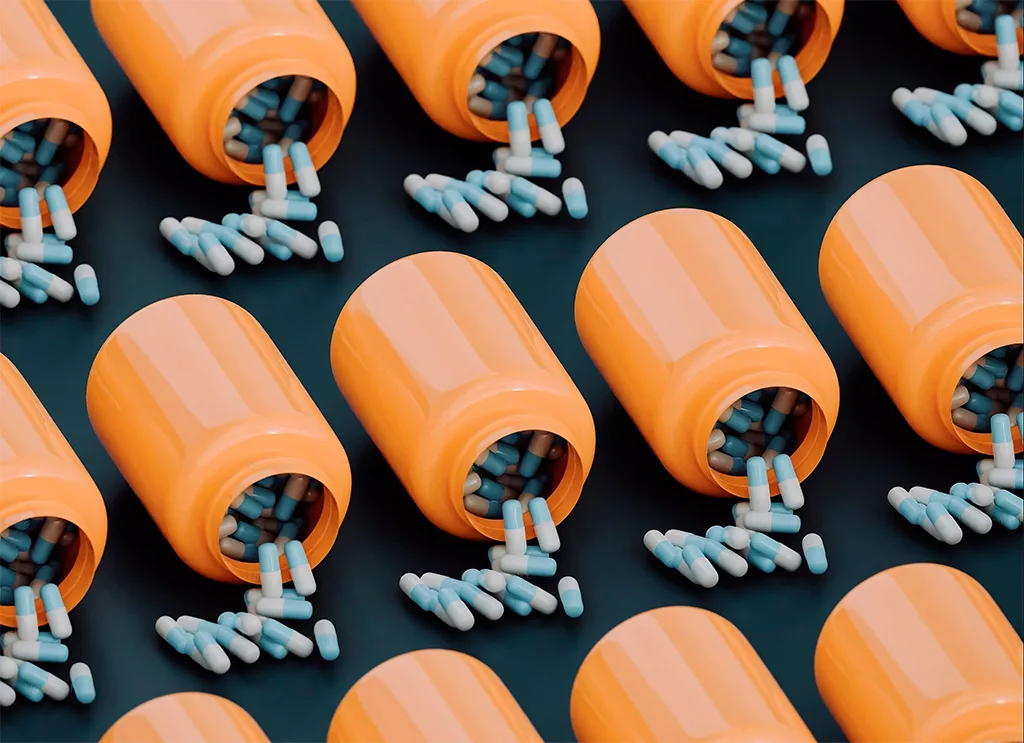

Check out all other blogs here!